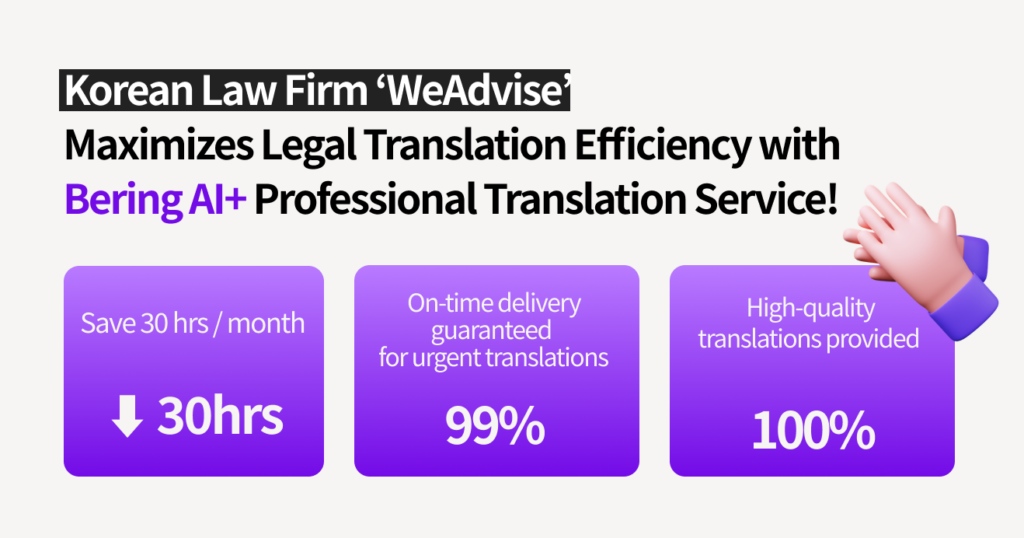With new technologies and inventions emerging daily, the world is progressing day by day as companies move quickly to secure patent rights and priority. 🚀 South Korea, along with the United States, Japan, China, and the EPO (European Patent Office), is a powerhouse in the global IP G5. According to statistics, domestic patent applications reached a record high of 243,000 cases in 2023, even amidst economic downturns, indicating growing interest in the patent sector. Consequently, there’s an increasing demand for ✅ ‘patent translation’ today.
Patent translation is needed by ‘general corporations’, ‘patent firms’, or ‘patent departments within law firms’, with the work being carried out by ‘in-house’ or ‘freelance translators’. Before explaining at which stage of the application process patent translation is required, let’s briefly look at the corporate patent application process.
Corporate Patent Application Process
💡 Application → Voluntary Amendment → Request for Examination → Publication of Application → Notification of Examination Results (Reasons for Rejection) → Decision to Grant → Registration
To apply for a patent, the first step is to submit a patent specification to the patent office. This document includes the specification’s text, drawings, and abstract, detailing the invention developed by the applicant. Since it contains technical information and seeks to obtain exclusive patent rights, it must be translated by a professional translator according to the proper format.
The patent examiner at the patent office judges the patent rights based on the submitted specification and notifies the results. The notification of reasons for rejection is a document briefly stating why the invention was rejected according to patent law. If the applicant is a foreign company (incoming application), this notification must also be translated into the relevant language to inform the applicant of the reasons for rejection under Korean patent law. At this stage, comments suggesting technical and linguistic corrections to the specification content to address the reasons for rejection must be provided by a domestic patent attorney familiar with Korean patent law, necessitating further translation work.
Therefore, translation work is essential for patent applications, often requiring content correction within the specifications and subsequent reasons for rejection, making translations necessary not only at the initial submission but throughout the patent registration process. Technologies for a more convenient life, such as semiconductors, secondary batteries, and advancements in artificial intelligence, the Internet of Things, and big data following the Fourth Industrial Revolution, will continue to evolve and converge. Thus, patent translation is crucial from the perspective of intellectual property protection for applicants and an important aspect for patent translators from an industrial standpoint. In the next installment, we will cover the entry into patent translation for prospective patent translators from this industrial perspective.


